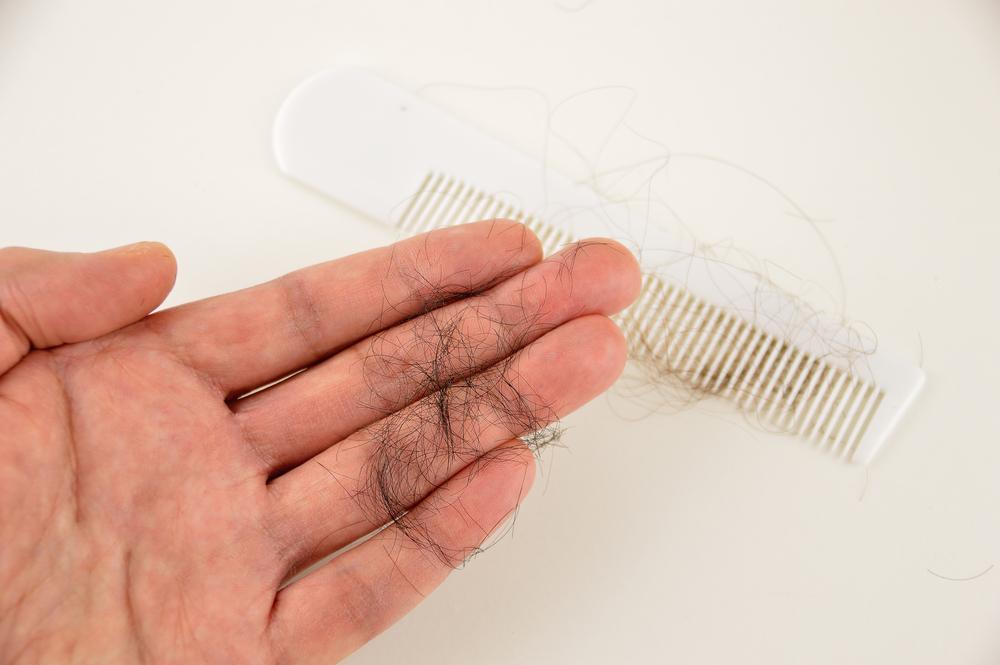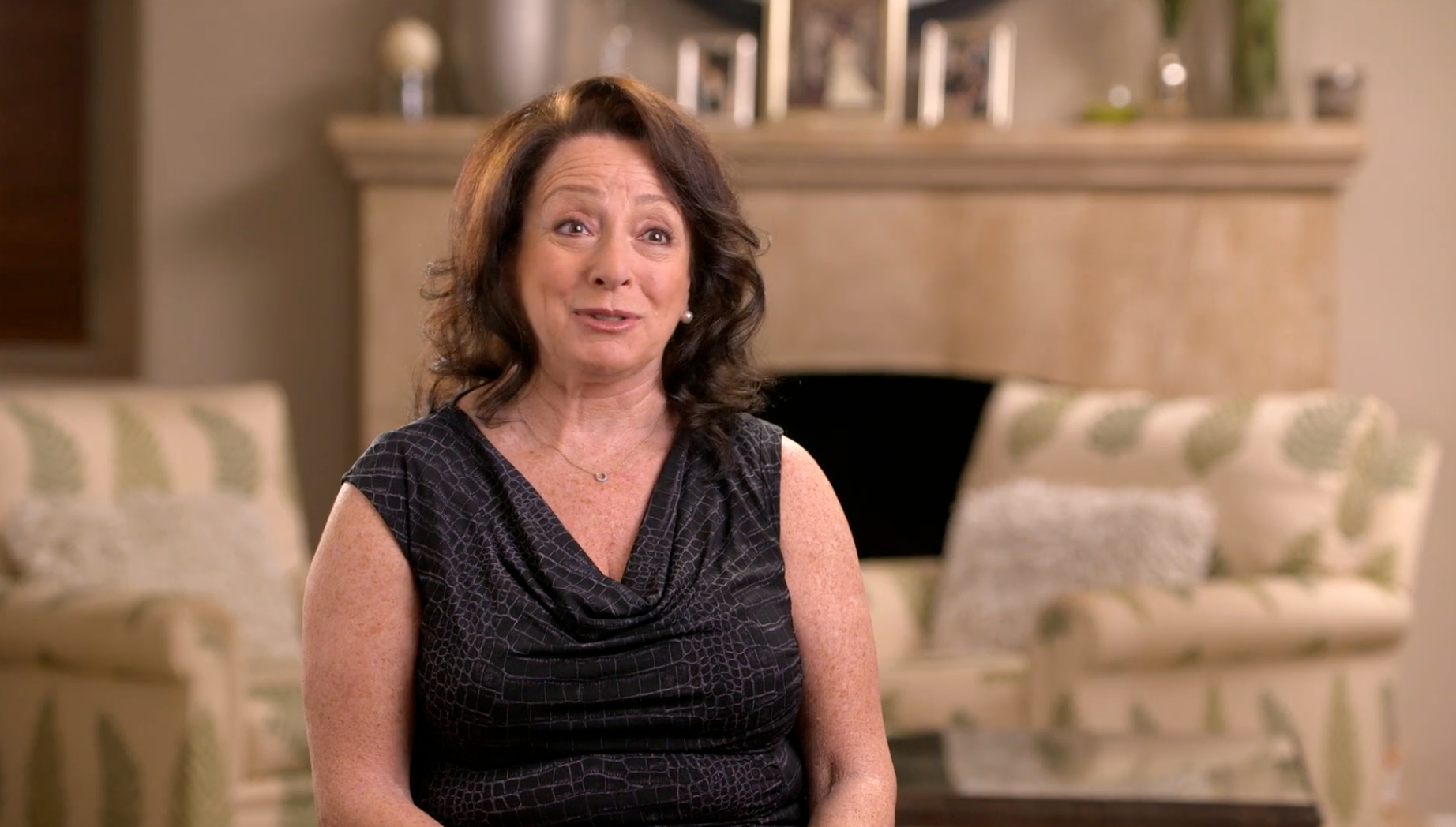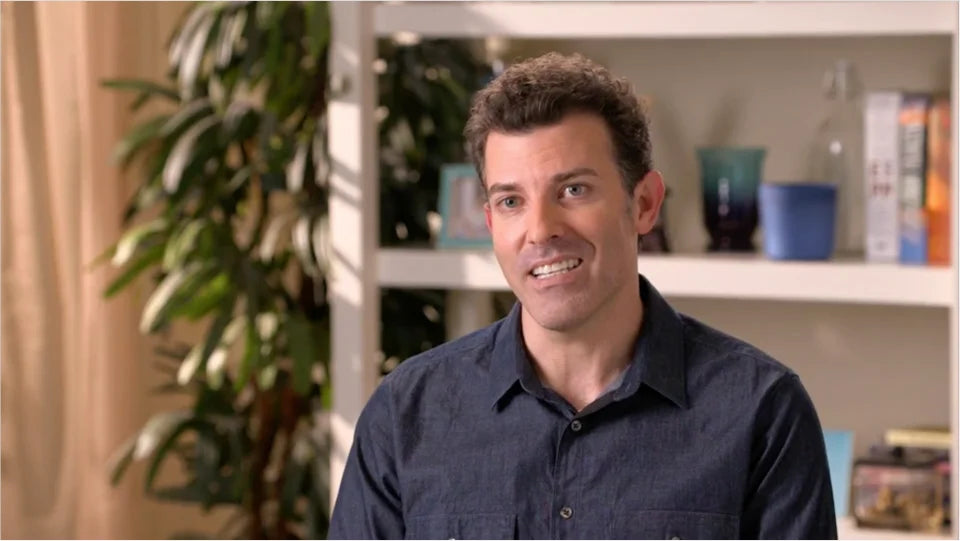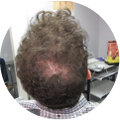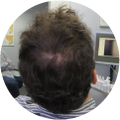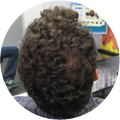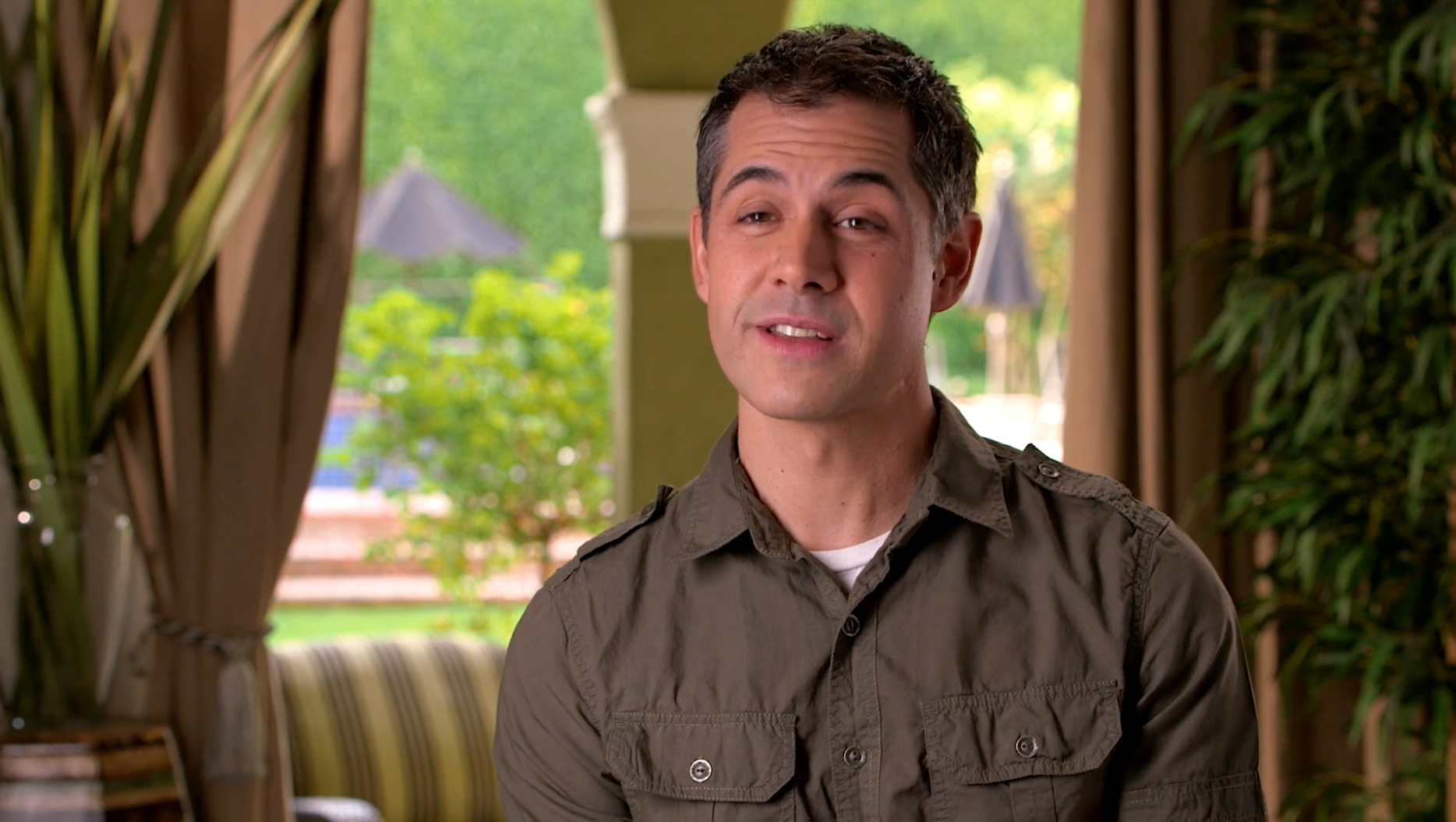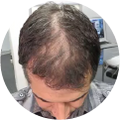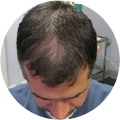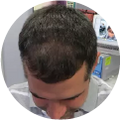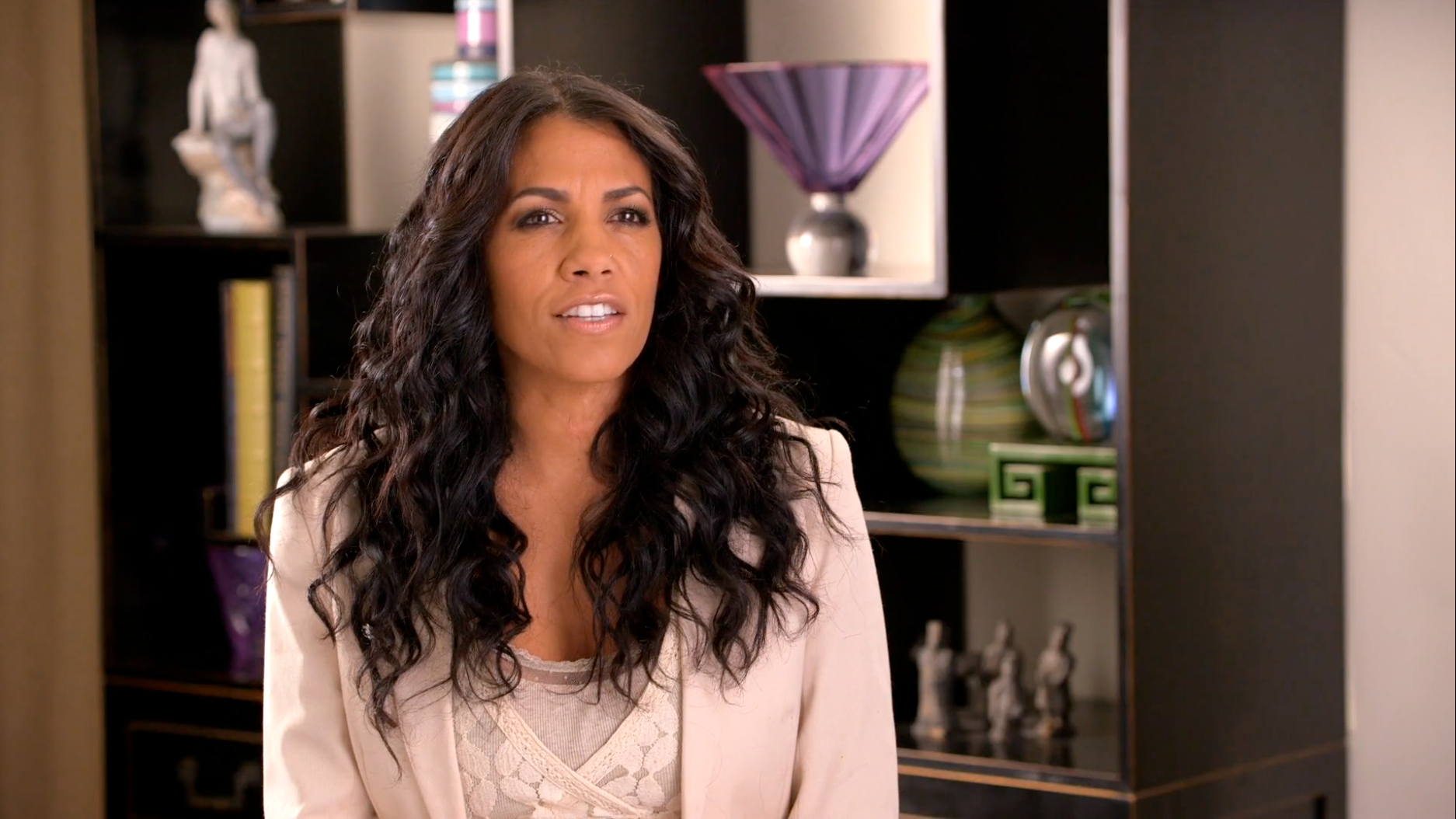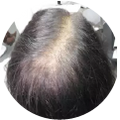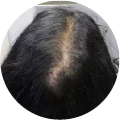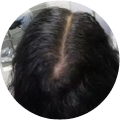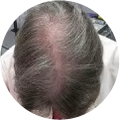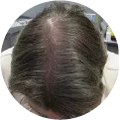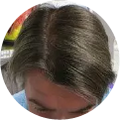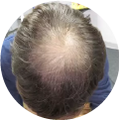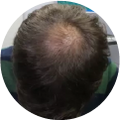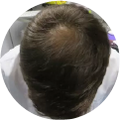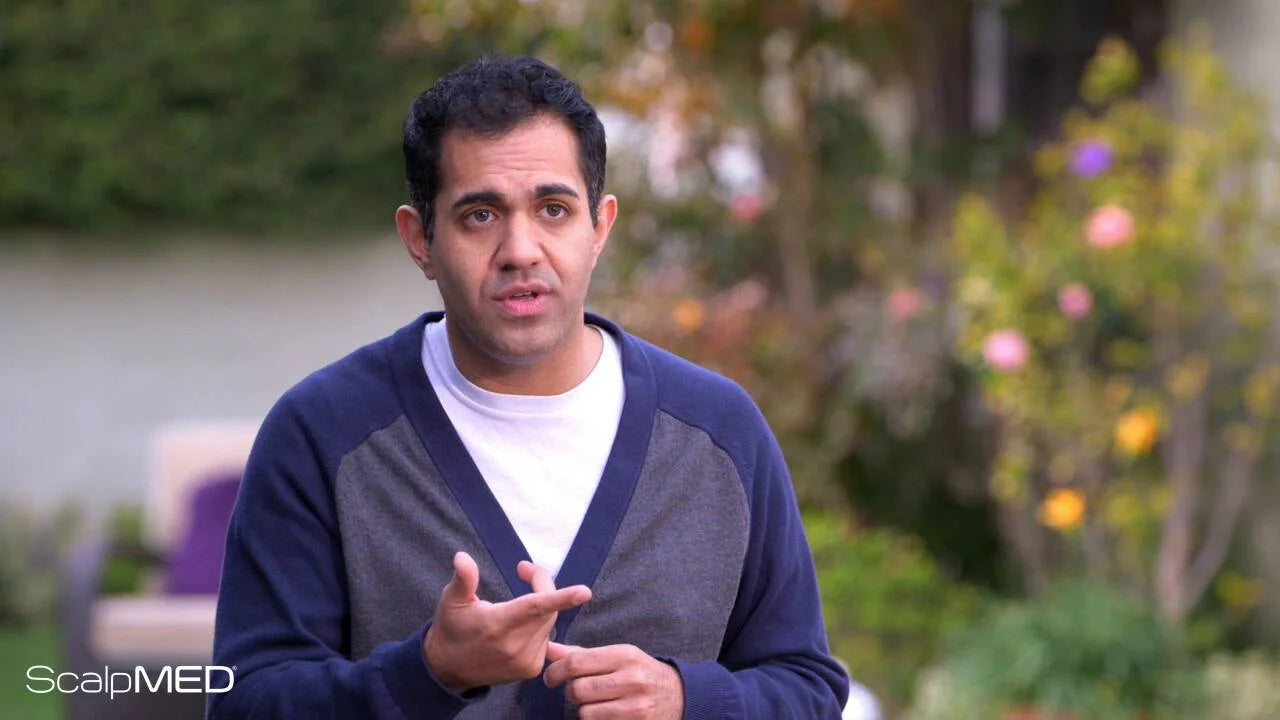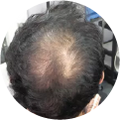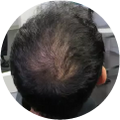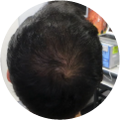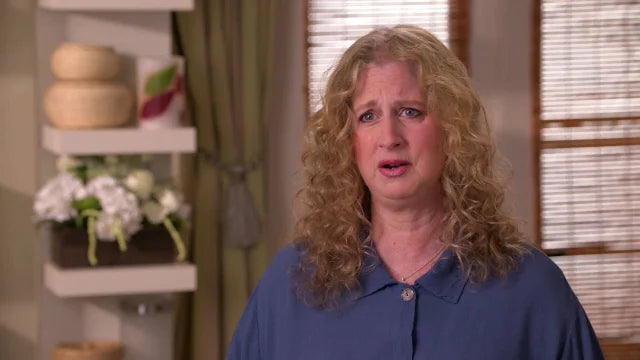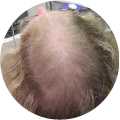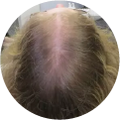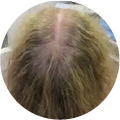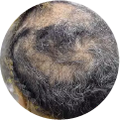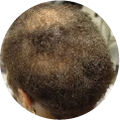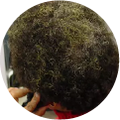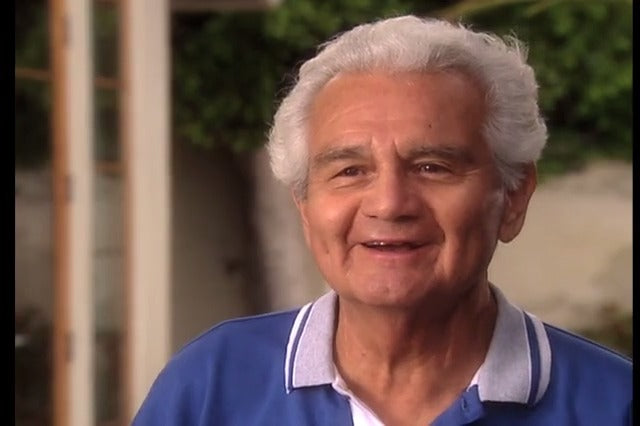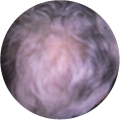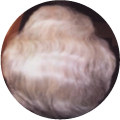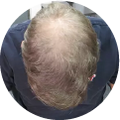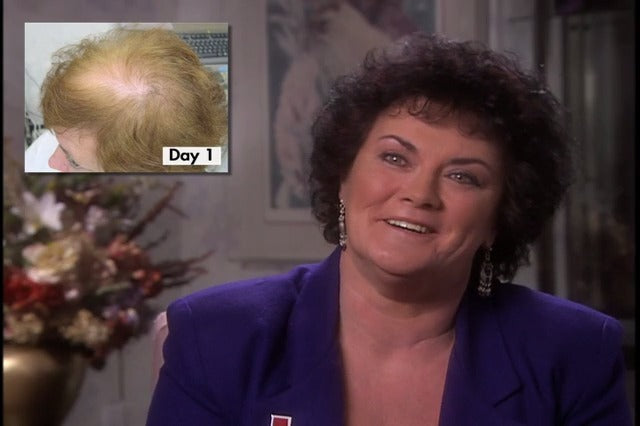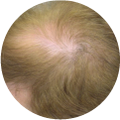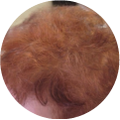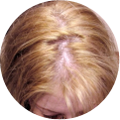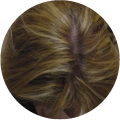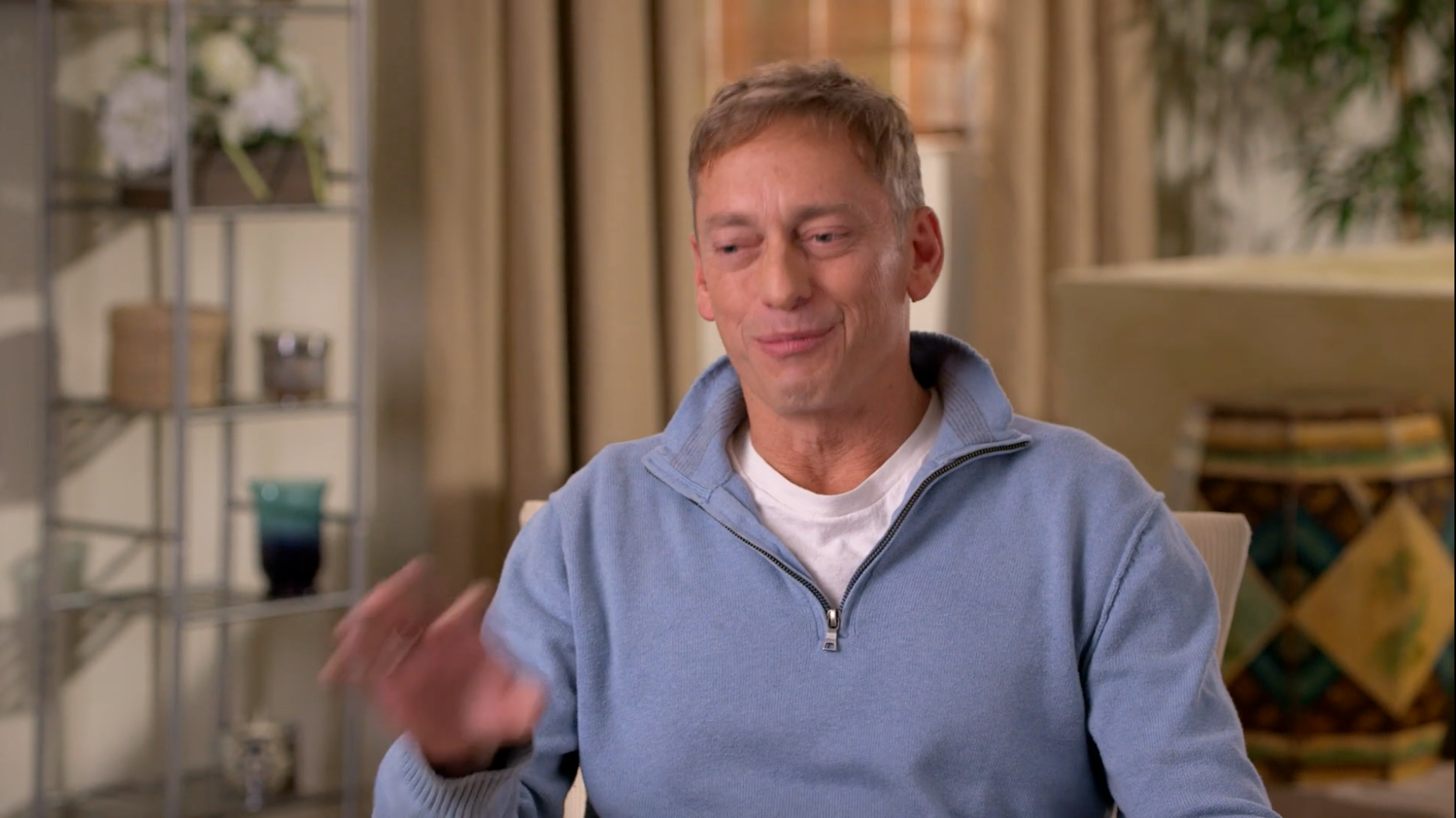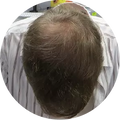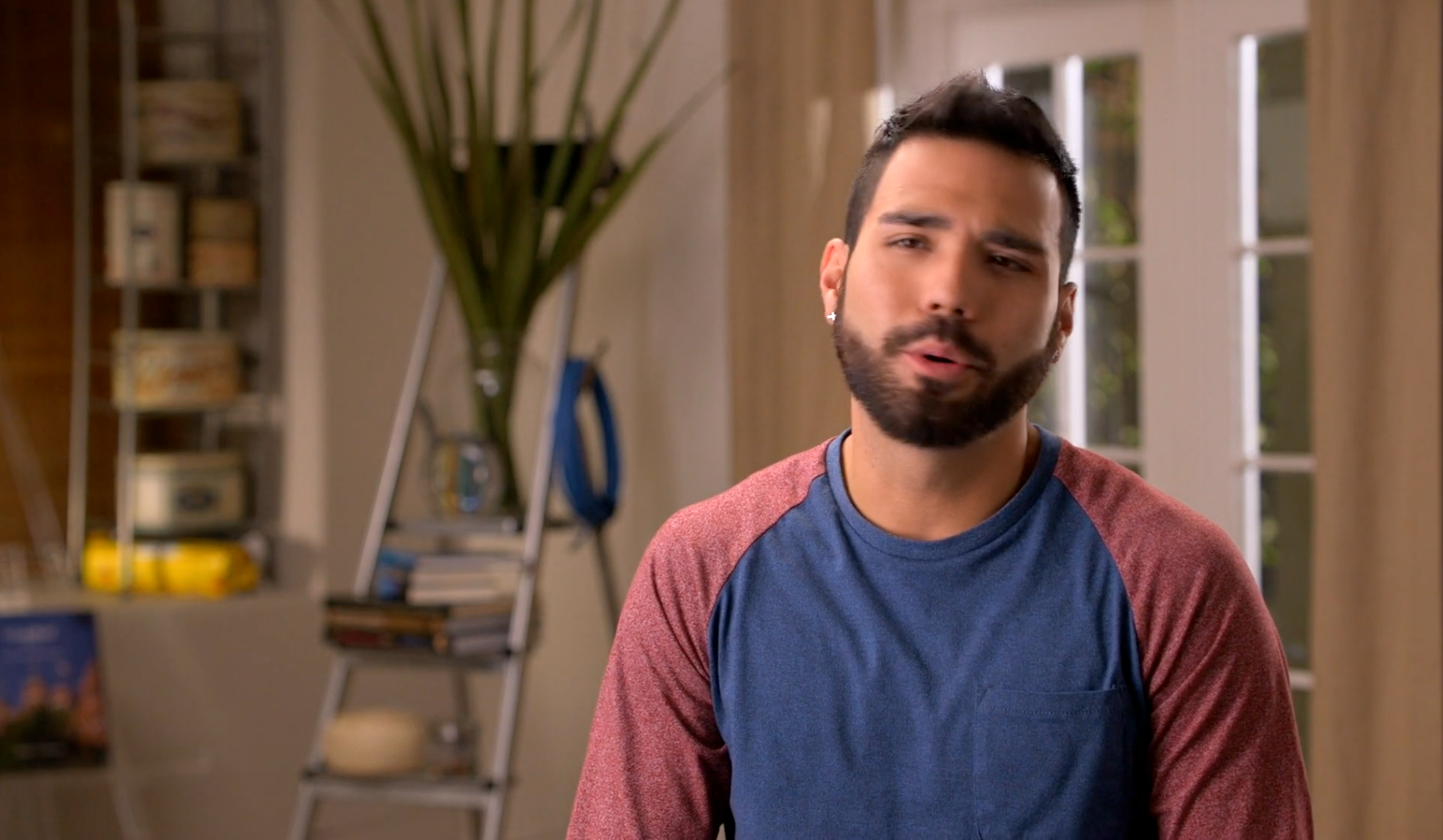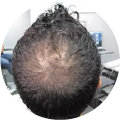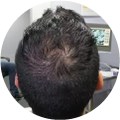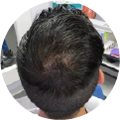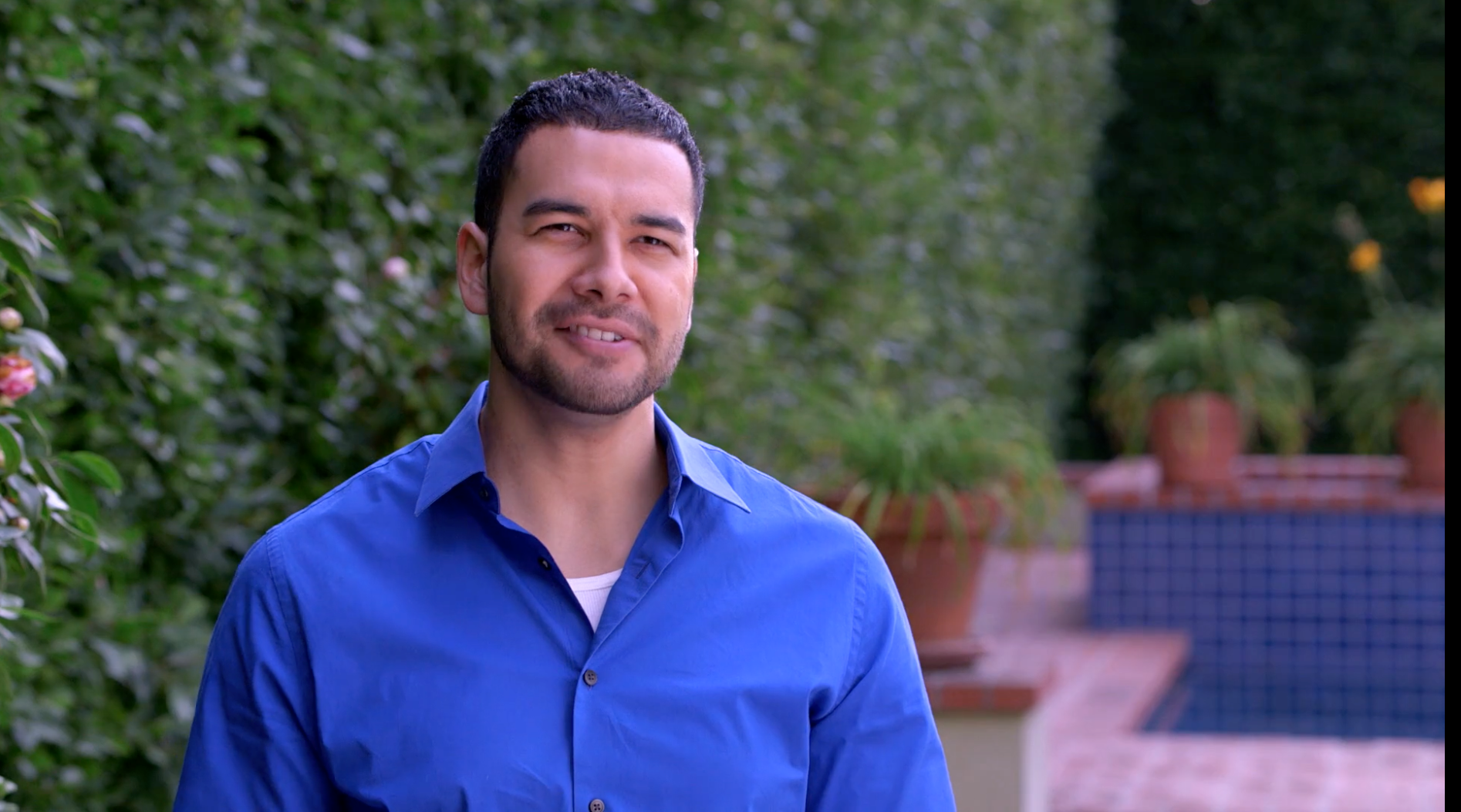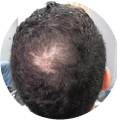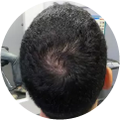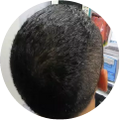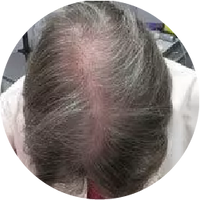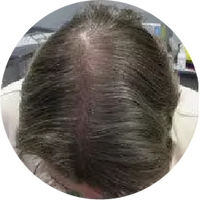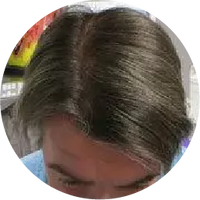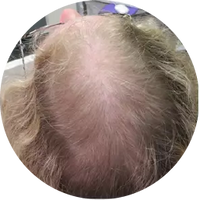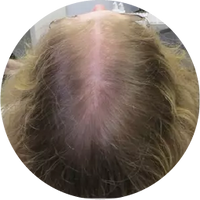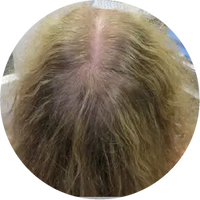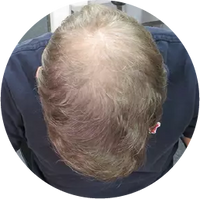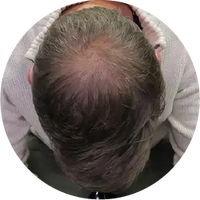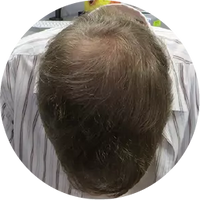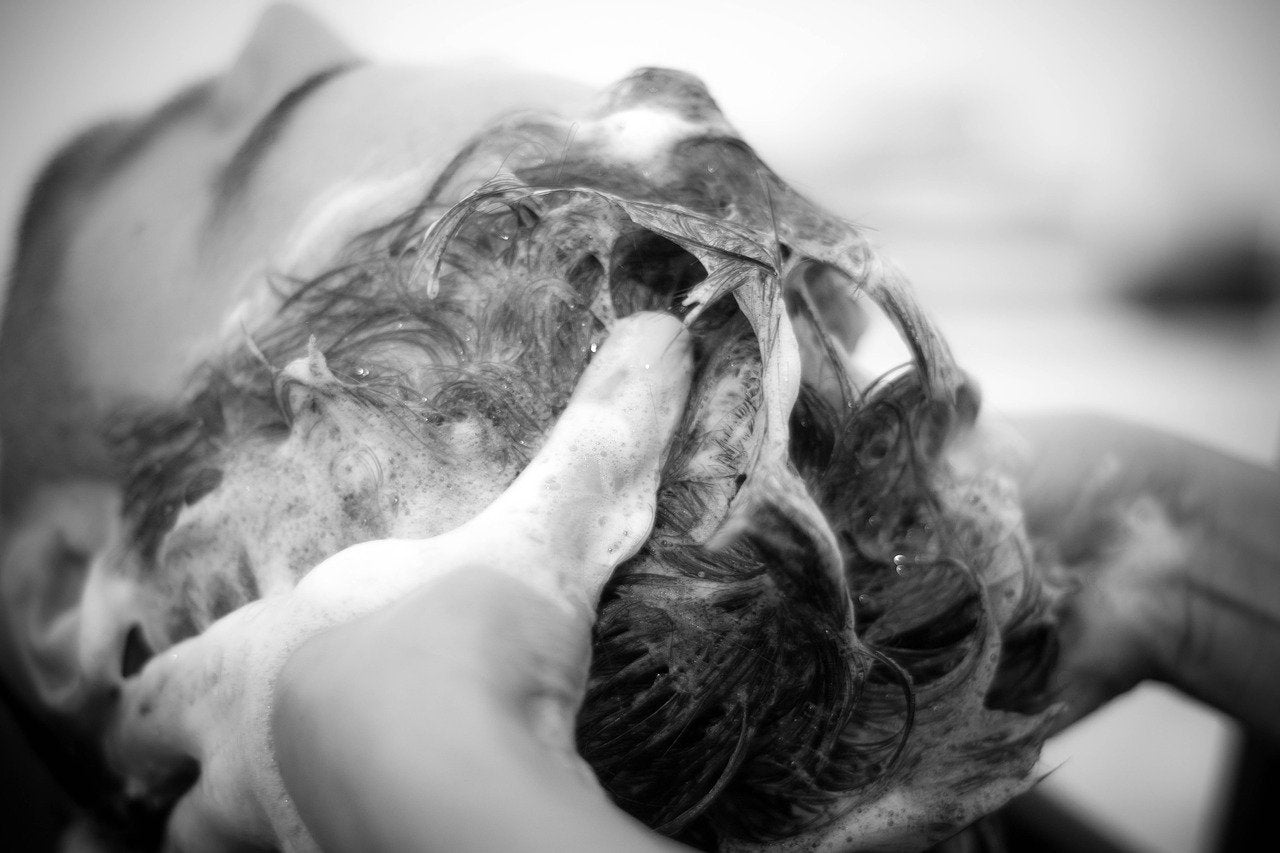
If you are looking for ways to improve the health and texture of your hair, chances are that someone has recommended deep conditioning treatments as a way to accomplish this feat. Often times hairdressers will also recommend a moisturizing deep conditioner as a way to boost hair health and as a part of a healthy hair maintenance routine. But what is deep conditioning? Despite the prevalence and availability of deep conditioning treatments, many people do not know exactly how to deep condition hair or what a deep conditioning treatment does to improve hair health. To help you assess whether deep conditioning treatments may be a useful addition to your hair care routine, we have compiled an informational guide that examines how deep conditioning treatments work, the main types of deep conditioning treatments, tips for optimizing your deep conditioning treatments, the top ingredients to look for in a deep conditioning treatment, and whether or not deep conditioning treatments can help reverse hair loss.
How Do Deep Conditioning Treatments Work?

If you are considering integrating a deep conditioning treatment into your hair care routine, it is important to have a baseline understanding of how deep conditioning treatments work. This understanding will provide you with the knowledge you need to select the right deep conditioning treatment for your hair. Conditioners are often a part of a daily hair care routine to moisturize the hair, detangle it, and help prevent damage to the hair follicles due to dryness and breakage. Many individuals inadvertently damage their hair in their everyday hair routines. One of the biggest culprits of hair damage is inflicted by heating styling tools, though this damage can be mitigated and prevented through the use of heat protectant sprays. In addition, using low-quality hair products on your hair that do not contain natural ingredients tailored to aid your hair type can also be another major detracting influence on overall hair health.
As a part of many hair routines, individuals will utilize shampoo and a conditioner. In a high-level sense, the shampoo is intended the cleanse the hair of dirt and oils that build up over time, while the conditioner is meant the moisturize and detangle the hair. It is important to keep in mind that these roles can change based on the type of shampoo and conditioner selected as many different specialized products are available. For example, if you suffer from oily hair, you may choose a shampoo and conditioner specifically formulated for oily hair that will strip away the excess oils. If used on someone with dry hair, it would only exacerbate the dryness of the hair. But what is the primary difference between an everyday conditioner and a deep conditioning treatment?
Regular Conditioner vs A Deep Conditioning Treatment
One of the most important aspects to understand about deep conditioning treatments is how they differ from an everyday conditioner. This understanding will allow you to utilize the deep conditioning treatment appropriately within your haircare routine. While many regular hair conditioners function on the surface of the hair follicle, they often do not penetrate deep within the hair shaft. Instead, a regular conditioner will form a thin coating on the exterior of the hair shaft. This will give the appearance of shine and luster while also providing temporary detangling and moisturizing. On the other hand, a deep conditioning treatment will penetrate deep into the hair shaft to moisturize the hair follicle and repair any damage to the hair follicle. Part of this difference stems from the application process of a regular hair conditioner as it compares to a deep conditioning treatment. A regular hair conditioner will be left on the surface of the hair for only a few minutes, which gives it less time to penetrate the hair shaft, while a deep conditioning treatment may be left on anywhere from ten minutes to overnight to allow optimum effectiveness. However, while a regular hair conditioner is often used daily or multiple times per week, a deep conditioning treatment may be used less frequently, such as once a week or once a month. These are the primary differences between a regular hair conditioner and a deep conditioning treatment. With this understanding in mind, it is important to consider the different types of deep conditioning treatments and how they work to improve hair health.
The Different Types of Deep Conditioning Treatments
There is a substantial variety of different deep conditioning treatments available on the market, which can make it daunting to find the right deep conditioning treatment for your hair type. When researching various deep conditioners to find the right product for your hair, it is important to know that deep conditioning treatments often fall into one of two high-level categories. These two distinct categories are moisture-based deep conditioning treatments and protein-based deep conditioning treatments. Below is an overview of the differences between these two types of deep conditioning treatments.
- Moisture-based deep conditioning treatments are designed to help restore moisture to the hair follicles to make the hair appear smoother, less frizzy, and shinier.
- Protein-based deep conditioning treatments are formulated to boost the strength of the hair follicles by increasing their elasticity and thereby reducing the amount of breakage.
These two main categories offer a number of different benefits to individuals looking to improve the health and appearance of their hair. As mentioned above, deep conditioning treatments penetrate deep into the hair shaft to improve the health of the hair and boost its natural shine and luster. In addition to this, deep conditioning treatments also can improve the softness of hair, moisturize the scalp, reduce flakiness and itchiness on the scalp, and reduce the appearance of frizz. For individuals who color their hair or treat it with chemicals, there are specifically designed deep conditioning treatments that can reduce color damage and improve hair health.
Tips for Optimizing Your Deep Conditioning Treatments

If you are looking to add deep conditioning treatments into your hair care routine, it is helpful to know the tips and tricks for maximizing the benefits of your deep conditioning treatments and making sure you are getting the best possible results for your hair. To help you get the knowledge you need, we have compiled a handful of the top tips for optimizing your deep conditioning treatments.
- Add Some Heat: It may seem strange at first, but doing a heated deep conditioning treatment will actually improve the effectiveness of the hair mask. By heating the deep conditioner up before applying it to the hair, your hair is able to absorb more of the deep conditioner, allowing it to penetrate further into the hair shaft. This increases the effectiveness of the mask, leaving your hair soft, smooth, and moisturized. You can heat your conditioner in the microwave or in a hot water bath to get it to the desired temperature. Always be sure that the deep conditioner does not become too hot as this can burn your scalp or damage your hair. Heat the conditioner to a comfortable warmth before applying it to the hair and allow it ample time to absorb before shampooing it out.
- Make a Schedule: As with anything in life, consistency is key. For a deep conditioning treatment to have the desired effect on your hair, it is important that the deep conditioning treatment is applied consistently and continuously over time. This means that while just doing one deep conditioning treatment may help, the results will not last forever. To have the benefits of a deep conditioning treatment imparted onto your hair over the course of time, it is important to make a consistent schedule for your deep conditioning and to stick to it. For example, it may be useful to deep condition your hair every Sunday morning while you are doing a different activity, such as reading a book or watching a show. This will give your hair a weekly boost and keep it looking shiny and healthy throughout the week.
- Keep It On Overnight: The effectiveness of a deep conditioning treatment is driven in part by how long the treatment is left on the hair. To maximize the results of your deep conditioning treatment, make it anovernight hair mask. Simply apply the deep conditioning treatment to damp hair before bed and place the hair neatly in a shower cap. Get your normal night of sleep and then wash your hair in the morning during your shower. Your hair will feel healthier and will appear shinier as a result of the overnight hair mask.
- Mix It Up: As mentioned above, there are two main categories of deep conditioning treatments available: moisture-based deep conditioning treatments and protein-based deep conditioning treatments. When looking at integrating deep conditioning treatments into your hair care routine, entertain the idea of utilizing both types. Alternating between moisture-based conditioning treatments and protein-based conditioning treatments allows your hair to maintain the right balance of protein and moisture, which will keep the hair strong, minimize breakage, nourish the hair follicles, and promote healthy hair growth.
- Start With Your Ends: When you first purchase a container of deep conditioner, it may seem tempting to dip your hands into the deep conditioning treatment and begin applying it as you would shampoo: to the top of the head first. However, if you read the directions on my deep conditioning treatment containers, the optimal method for utilizing deep conditioner is the opposite. Instead of starting at the top of the head and working your way to the ends of the hair, begin with the ends first and work your way back to the scalp. The reason behind this method is that the ends of the hair are the most prone to damage and splitting, are the driest, and are the oldest part of the hair. By beginning with the ends first, you will allow extra time for the deep conditioning treatment to absorb into the ends of your hair.
- Always Check the Ingredients: Just as when you purchase food to eat, it is important to check the ingredient list when buying a deep conditioning treatment. Target deep conditioning treatments that use high-quality ingredients without the addition of harsh chemicals that may damage or dry the hair. In addition, when checking the ingredient list be sure that the ingredients you are buying the treatment for are high on the list of ingredients as this means there is more of it present in the deep conditioning treatment. If the ingredients you want to be present don’t make the top five ingredients listed, ditch the treatment and find one with a higher concentration.
Finding The Right Ingredients
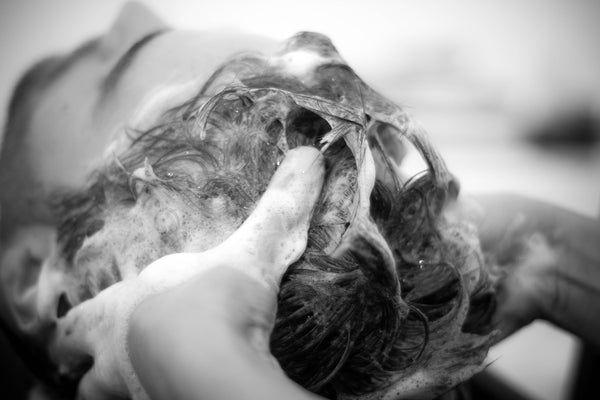
When looking for the ideal deep conditioning treatment for your hair type, it is important to select a product that contains ingredients that will provide you with the outcomes you desire. As you peruse products, you will come across many of the same ingredient names. Below are a handful of common deep conditioning treatment ingredients broken down into three categories.
-
Hydrolyzed proteins are often included in deep conditioning treatments to improve the elasticity and strength of the hair and to prevent breakage. Below are a few different types of hydrolyzed proteins.
- Hydrolyzed wheat protein
- Hydrolyzed silk protein
- Hydrolyzed oat protein
- Hydrolyzed soy protein
-
Sealing ingredients are often included in deep conditioning treatments to moisturize and nourish the hair follicles and improve the hair’s ability to retain moisture. Below are a few popular sealing ingredients.
- Coconut oil
- Shea butter
- Soybean oil
Deep Conditioning Treatments and Hair Loss
While deep conditioning treatments can help to improve the health and appearance of hair, and even promote healthy hair growth, deep conditioning treatments will not be effective in reversing hair loss due to hereditary or non-hereditary factors. If you are suffering from hair loss or hair thinning, it is important to find a proven-effective treatment method that will regrow lost hair and give you back the head of hair you desire. ScalpMED®’s proprietary two-step process has shown ninety-five percent of user's remarkable hair growth in the first six months. This two-step process can also be used in conjunction with the amino acid conditioning treatment to achieve optimum results.



